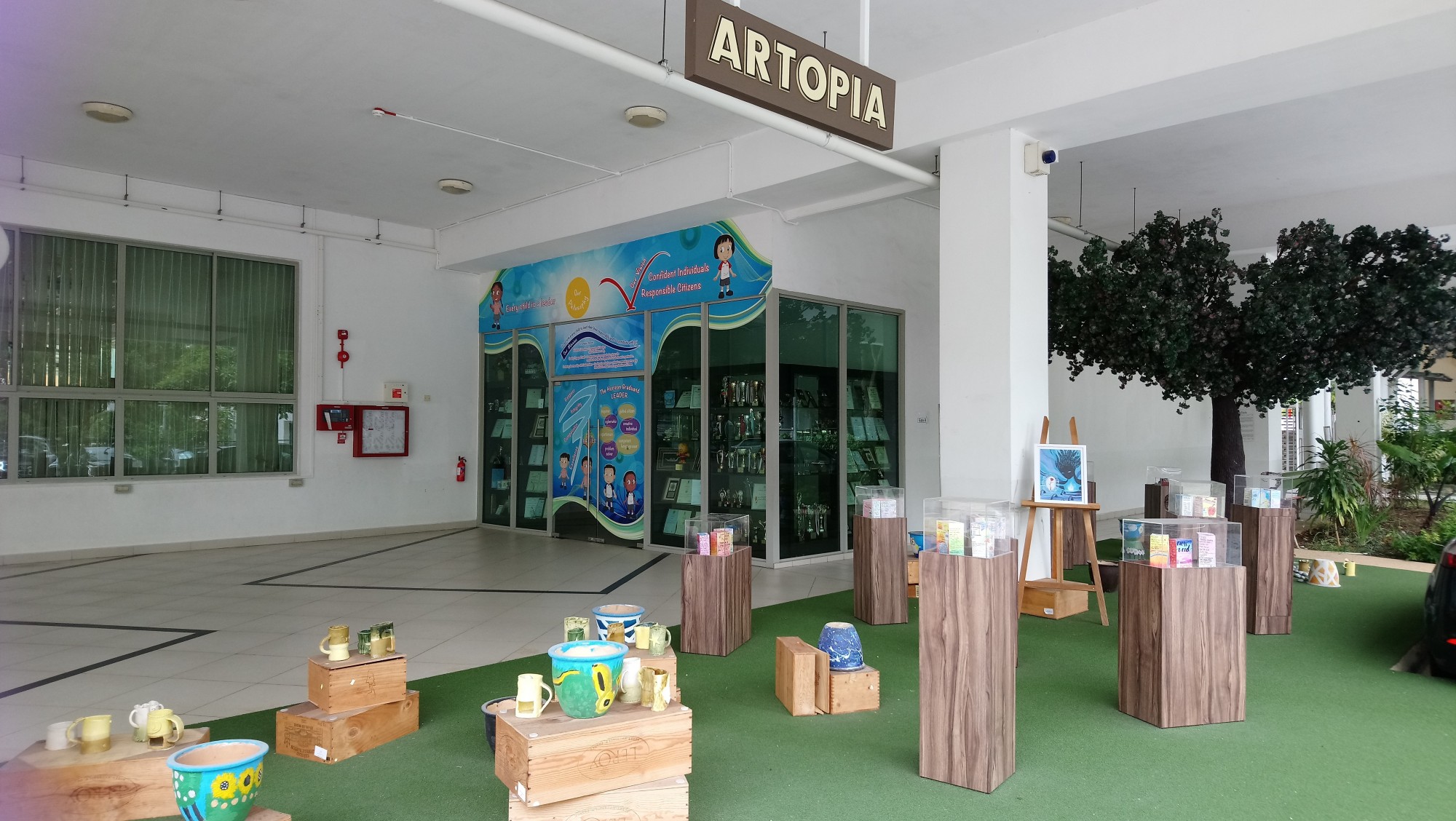Making Thinking Visible in Aesthetics
Making Thinking Visible in Aesthetics
Making Thinking Visible (MTV) In Aesthetics Lessons
“Making students thinking visible serves a broader educational goal as well. When we demystify the thinking and learning process, we provide models for students of what it means to engage with ideas, to think, and to learn.” Ron Ritchhart
MTV routines encourage our students to think further than what they see, be curious by posing critical questions, respect different points of views and gain new insights. MTV routines are well-infused in our art and music lessons to engage the students’ minds to encourage critical thinking and active thought processing in order to deepen their content knowledge. Some examples of MTV routines are, “What makes you say that?”, “Compare and Contrast”, Connect, Extend, Challenge” and “Think, Puzzle, Explore”. These simple routines are well ingrained in our students, such that they begin to use the language without prompting. They start to notice something unfamiliar and wonder about it. They make their thinking visible which makes it available for exploration, reflection and growth.
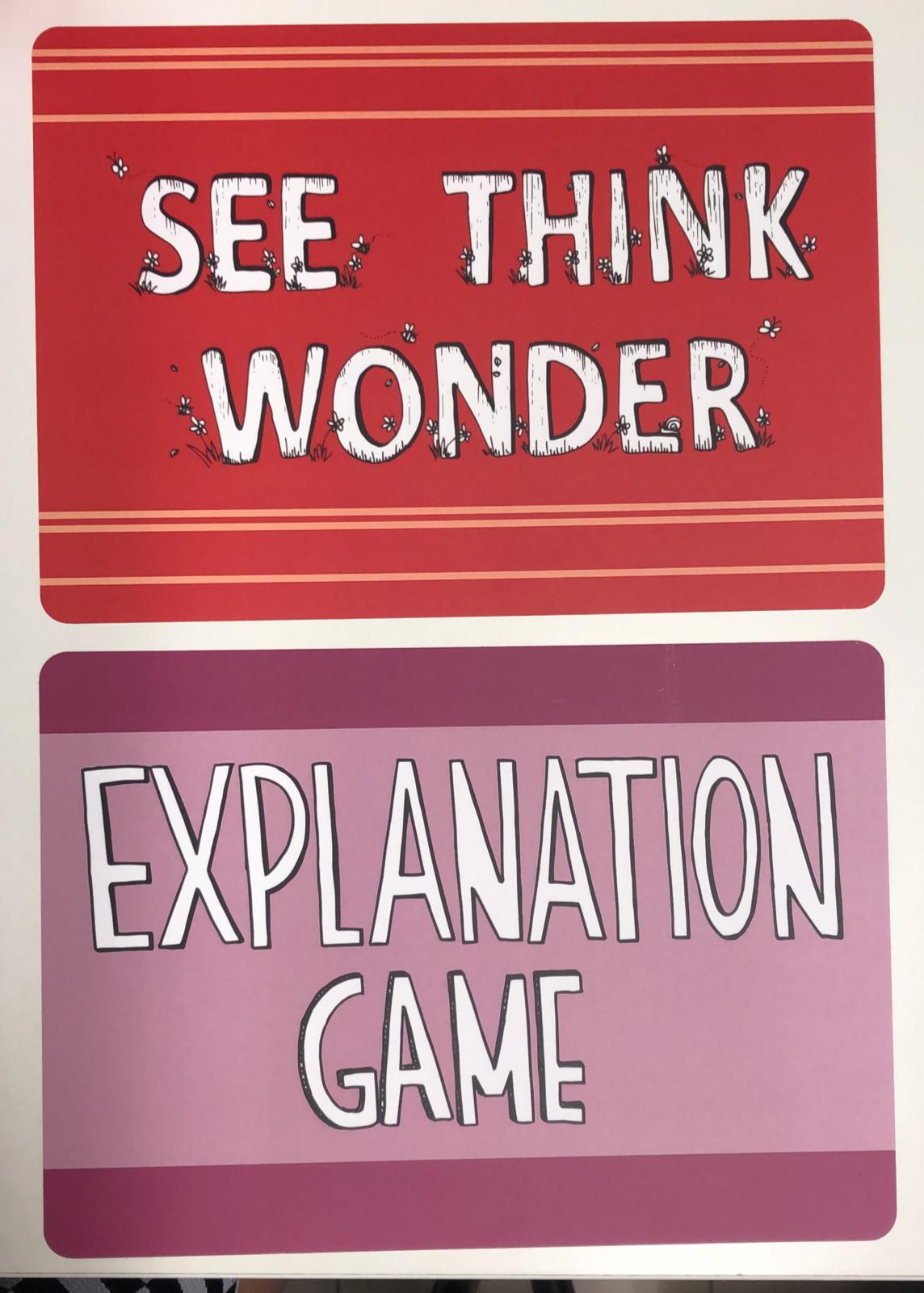
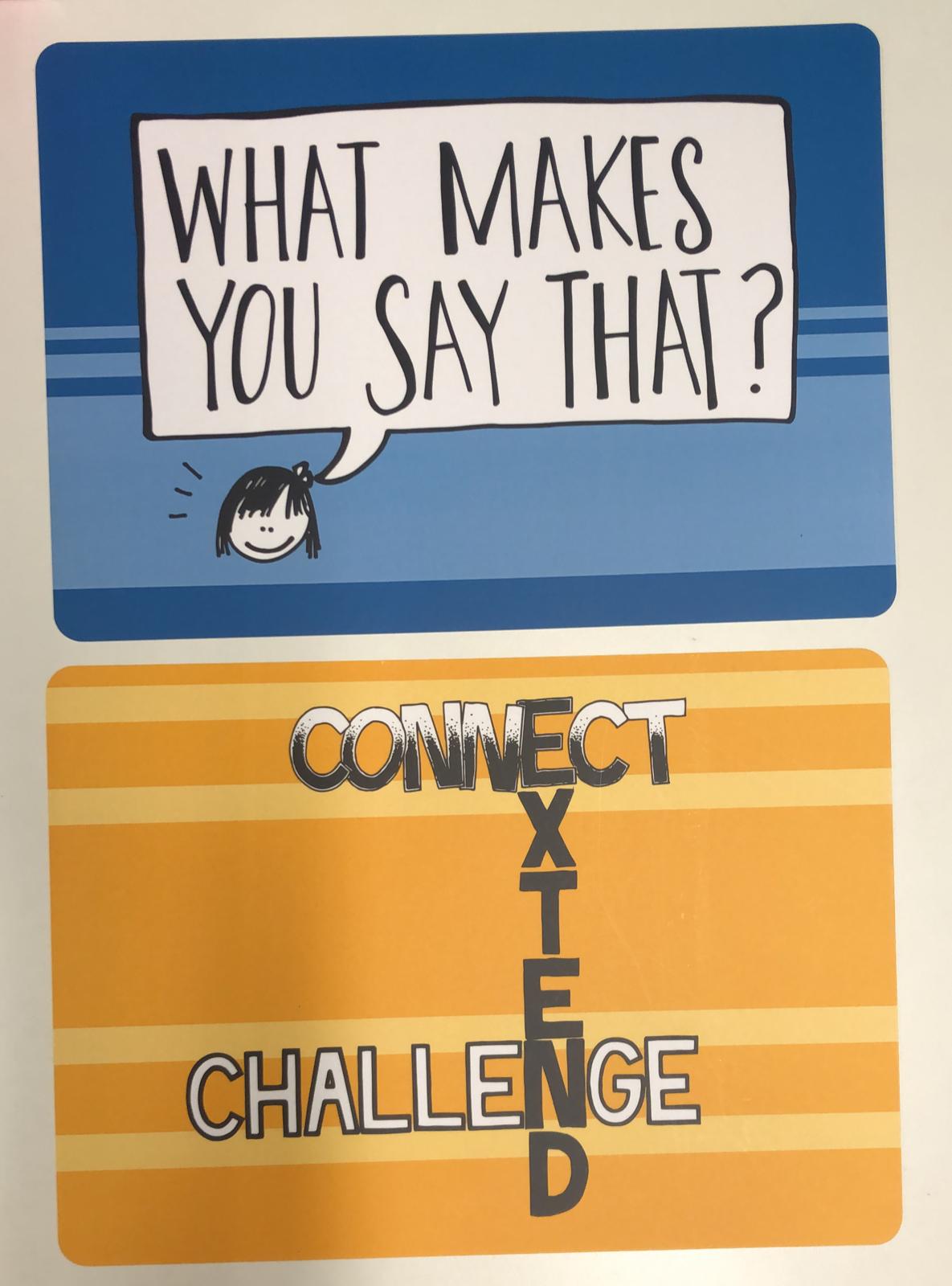
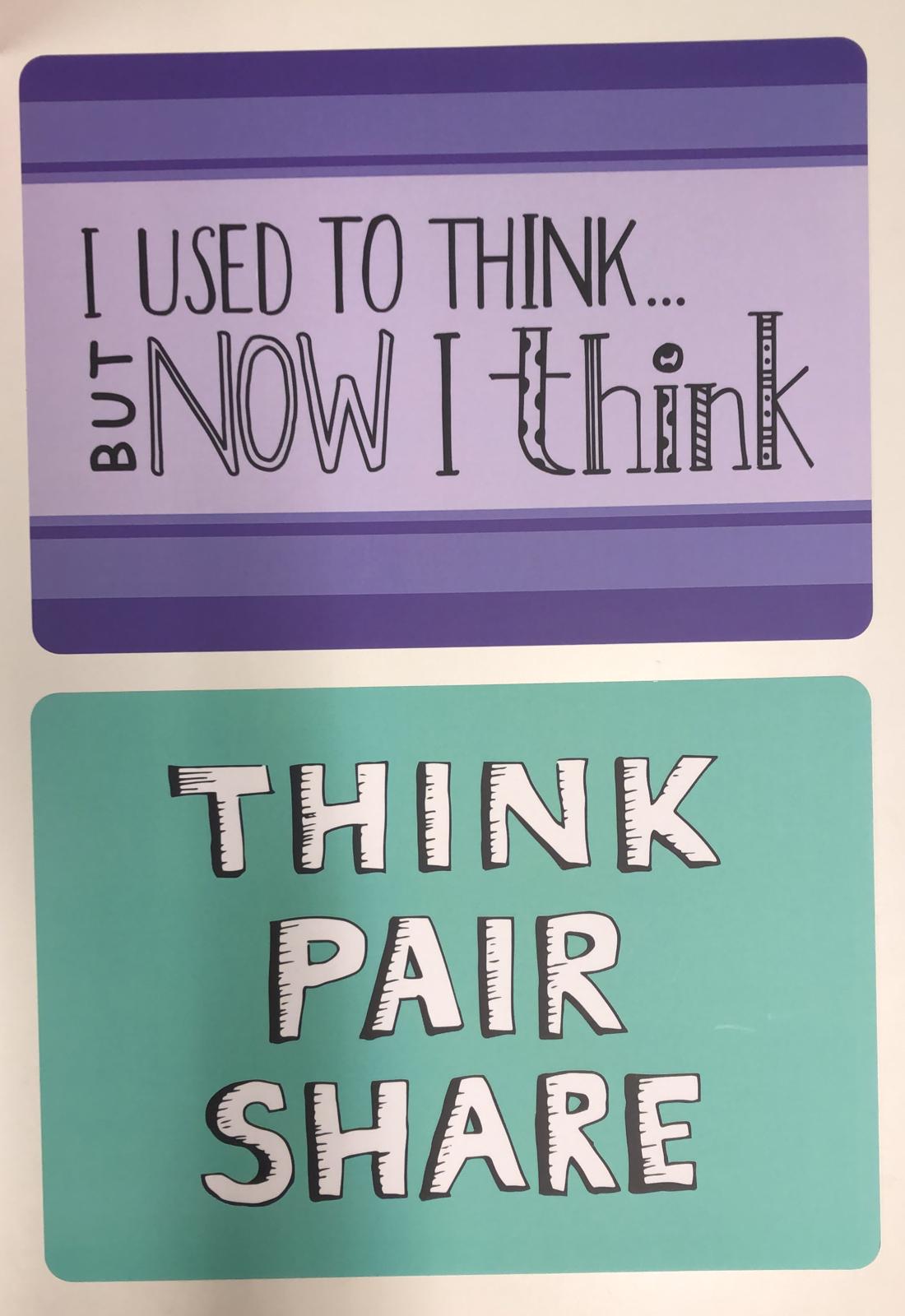
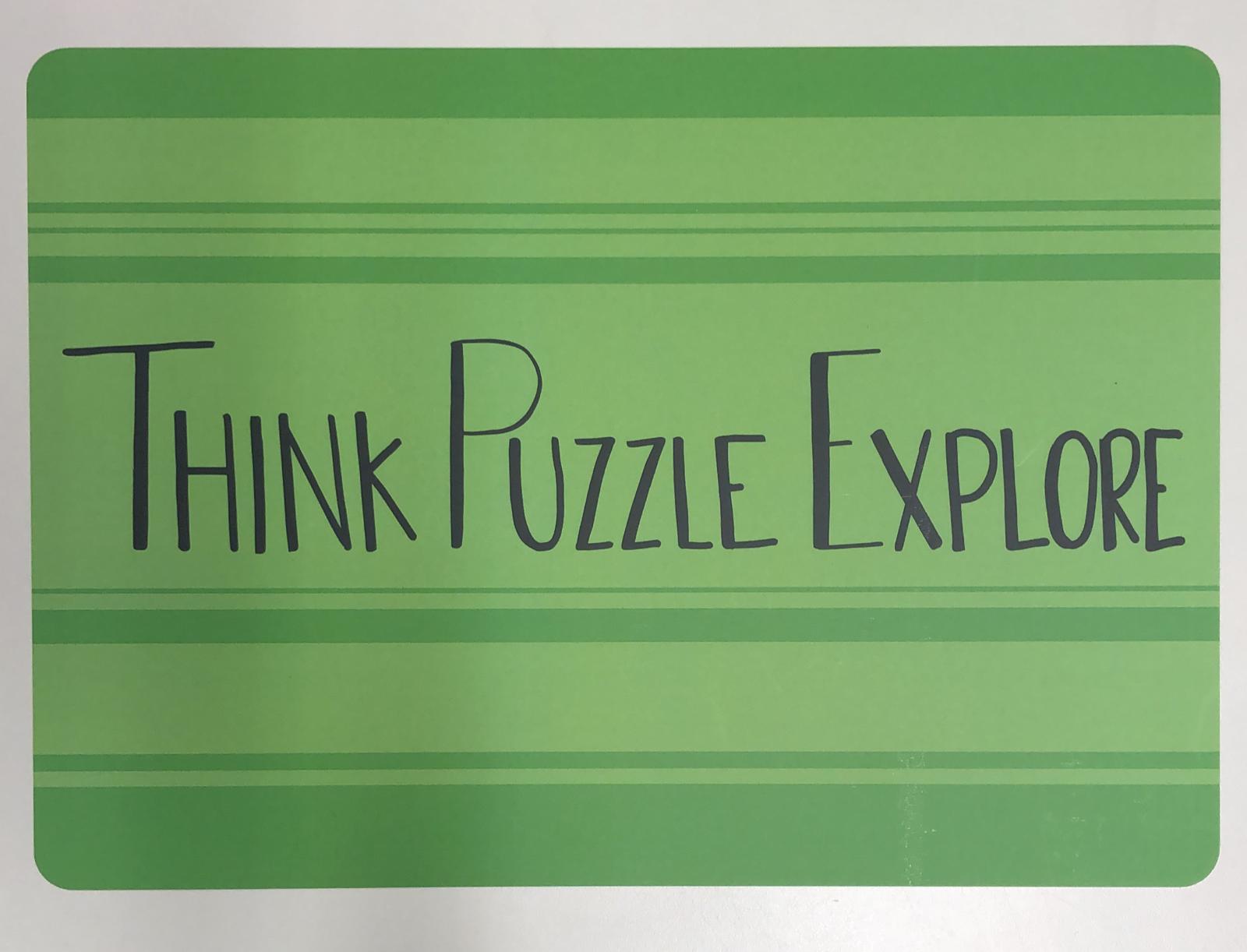
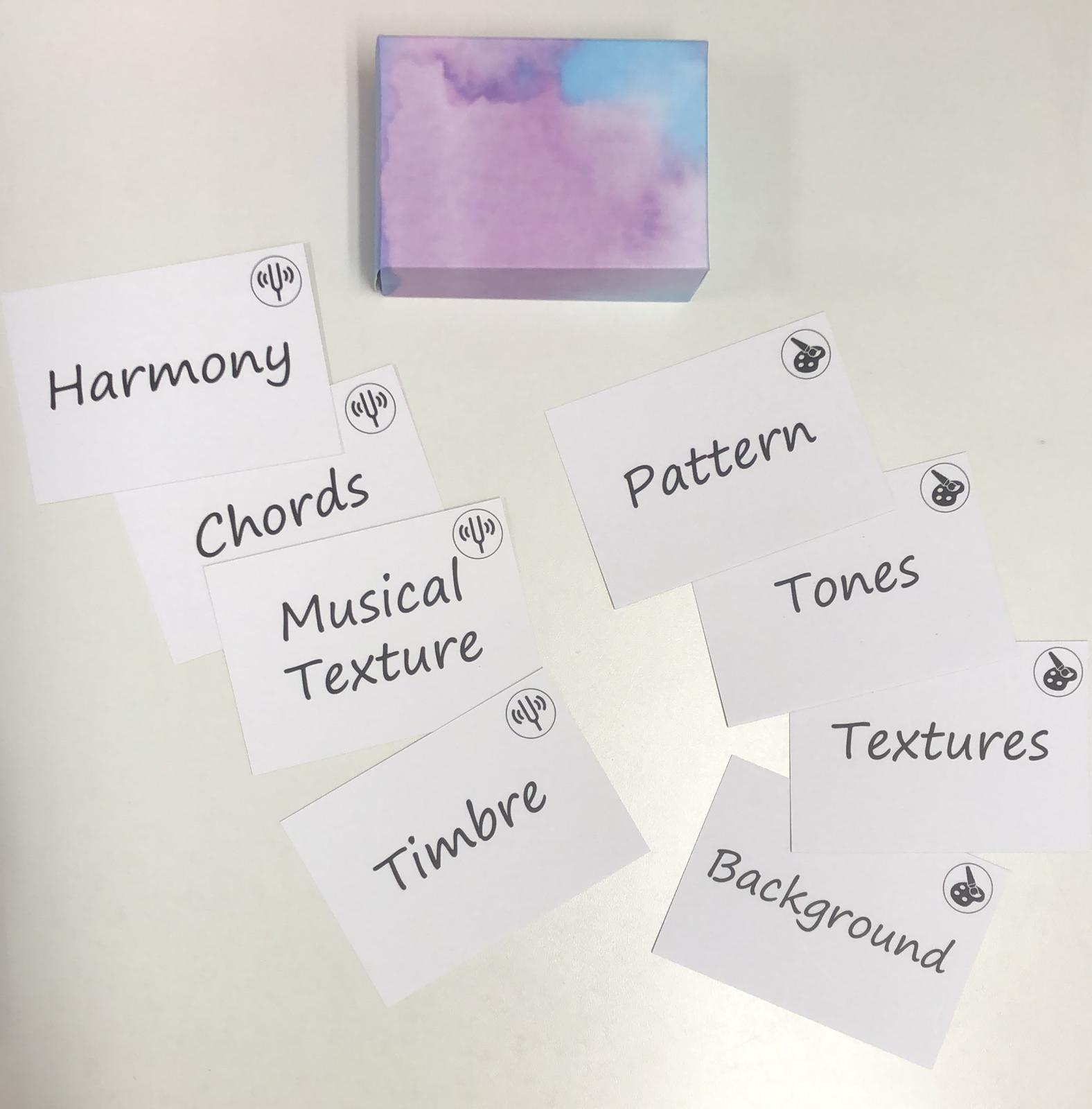
Music Lessons
Music making is an enjoyable experience for all our students. During music lessons, the students experience different music making through music exploration, music composition and creativity. To make our students’ music making visible, we use MTV routines to allow students to be creative and expressive while allowing multiple interpretations and connections to develop their thinking.
Art Lessons
Apart from art making, our students learn about the context of artists and art history through observation of artworks in order to engage them in meaningful learning. Students are presented with artworks for them to analyse by picking visual clues from the artworks. After that, they interpret the artworks by applying the knowledge they have learnt. They discuss with their peers and share various perspectives. With the use of MTV routines in art lessons, it creates a comprehensive and enriching art learning experience for the students.
Playing The Ukelele
The ukulele is a very versatile and portable instrument that has grown in popularity over the past few years. It is a great choice for our P3 and P4 students to pick up this simple instrument with only four strings. They start off with the basics of understanding the instrument which includes knowing its different parts, playing posture, fingering on the strings and more. By learning a variety of playing techniques, it will allow the students to play songs of different genres, whether solo or as an ensemble. Students learn how to sing and play on the ukulele by focusing on the coordination between their playing and singing. We hope that this provides our students with the opportunity to further their musical interests and enjoyment in future.


